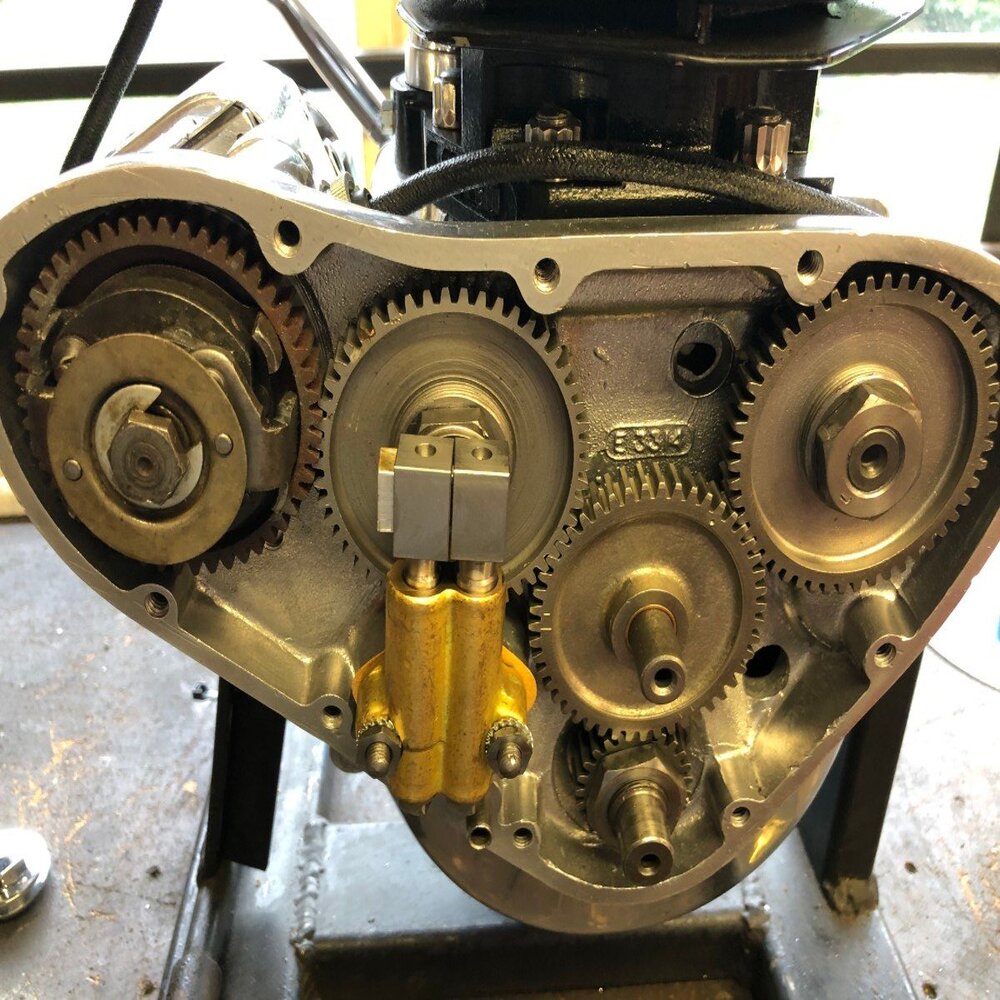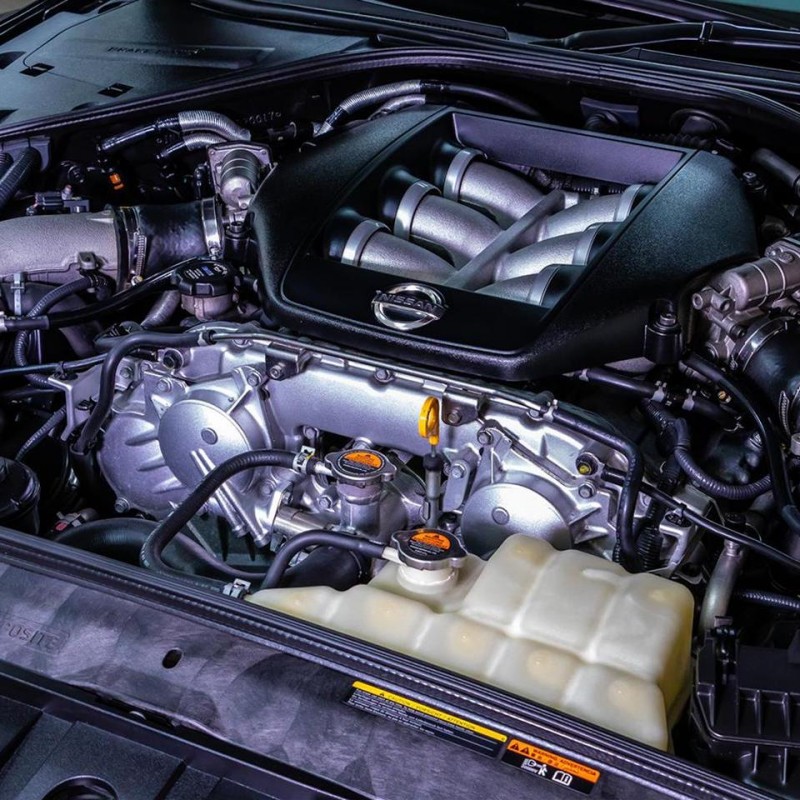Dealing with engine oil spills on concrete can be frustrating. Whether it’s from a DIY project, a vehicle leak, or a service mishap, those unsightly stains can diminish the appearance of your driveway, garage floor, or patio. However, knowing how to remove engine oil from concrete can save you time, effort, and money in cleanup efforts. Various methods, from household items to commercial products, can tackle these stubborn stains effectively. It’s important to act quickly to avoid oil penetration into the concrete pores, which can make removal even more challenging. This article outlines various strategies and tips to effectively remove engine oil from concrete surfaces. We will delve into preventative measures for future spills and pro tips for maintaining your concrete surfaces.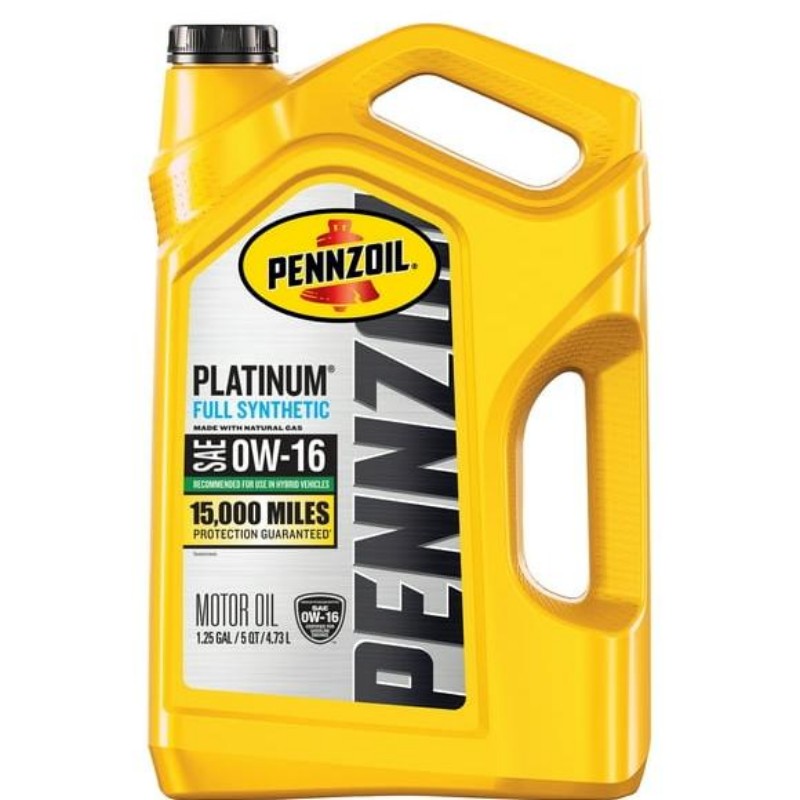
Understanding Engine Oil Stains
Before diving into removal techniques, it’s crucial to understand how engine oil interacts with concrete surfaces.
Composition of Engine Oil
Engine oil is made from several components, including:
- Base Oil: Primarily derived from petroleum, this makes up a significant portion of engine oil and contributes to its slippery nature.
- Additives: Special additives enhance the oil’s performance, such as detergents, dispersants, and anti-wear agents. These can contribute to the stain’s persistence once spilled.
How Engine Oil Affects Concrete
Concrete is a porous material, which means it can absorb liquids like engine oil. Here’s how it works:
- Absorption: When oil spills onto concrete, it seeps into the pores, creating a stubborn stain that may require more intensive cleaning methods.
- Color and Texture: Engine oil can leave dark, greasy stains on concrete. Over time, these stains can harden and become more difficult to remove as they absorb deeper into the surface.
Initial Steps for Cleanup
Taking immediate action when you notice an engine oil spill is critical to successful removal.
Safety Precautions
Before starting any cleanup, it’s essential to prioritize safety:
- Wear Protective Gear: Gloves and safety goggles are necessary to protect your skin and eyes from cleaning chemicals.
- Use Proper Ventilation: If you’re cleaning indoors, ensure proper ventilation to avoid inhaling fumes from any solvents you might use.
Assessing the Spill
Not all engine oil stains are the same, and understanding the type and size of the spill can influence your cleanup strategy.
- Size of the Spill: A large puddle will require more immediate action and possibly different methods than a small spot.
- Time Since Spill: The longer the oil sits, the deeper it penetrates the concrete. Cleanups should ideally be performed as soon as possible.
Best Methods for Removing Engine Oil from Concrete
Various techniques can effectively lift engine oil stains from concrete surfaces. Each method may vary in effectiveness based on the age and size of the stain.
Using Absorbent Materials
An immediate clean-up can often be performed using readily available materials.
- Cat Litter: A common and effective solution, cat litter absorbs excess oil. Simply pour litter on the spill and let it sit for a few hours before sweeping it away.
- Baking Soda: This household item can also be effective. Sprinkle a generous amount over the stain and leave it for a few hours. It can help lift some of the oil and deodorize the area.
Chemical Solvents
If absorbent materials are insufficient, chemical solvents can help break down oil.
- Commercial Degreasers: Look for degreasers specifically designed for automotive applications. Simply apply according to the manufacturer’s instructions and scrub the area gently.
- Dish Soap: Blend a few drops of dish soap with warm water and apply it to the stain. This soap cuts through grease and can be effective for light spills.
Pressure Washing
A pressure washer can clean more deeply than traditional methods.
- Using a Pressure Washer: Spray the area with hot, soapy water using a pressure washer. Maintain a consistent distance and density to avoid damaging the concrete.
- Detergent Additives: Some pressure washers allow for detergent integration. Choose a degreasing detergent to enhance the cleaning power.
Using Vinegar and Water Solution
An eco-friendly approach to help remove oil stains involves vinegar.
- Mixture Preparation: Mix equal parts vinegar and water. The acidity of vinegar will help cut through the grease in the oil.
- Application: Pour the solution on the stained area and let it sit for about 30 minutes. Scrub the area afterward using a stiff-bristle brush.
Utilizing Commercial Stain Removers
In cases of stubborn stains, consider commercial options designed specifically for painting over or penetrating concrete.
- Concrete Stain Removers: These products are formulated to break down oil and grease effectively. Follow the product directions carefully.
- Floor Cleaners: Some floor cleaners for concrete surfaces might contain specific enzymes that help eliminate stains.
Preventative Measures
Taking measures to prevent engine oil stains can save you future hassle.
Regular Maintenance
Maintaining your garage and driveway can deter future stains.
- Seal Concrete: Applying a quality sealant can help protect against oil penetration. This creates a barrier that can prevent stains from setting in.
- Regular Cleaning: Keeping your concrete surfaces clean by occasionally hosing them down or sweeping away debris can help minimize oil accumulation.
Quick Response to Spills
Act quickly when spills occur to make cleanup easier.
- Immediate Absorption: As soon as you notice a spill, use any absorbent material to soak up as much oil as possible.
- Keep Cleaning Supplies Handy: Store cleaning supplies specific for oil and grease in your garage for easy access in case of unexpected spills.
Long-Term Solutions for Stubborn Stains
For older, set-in stains, additional strategies may be required.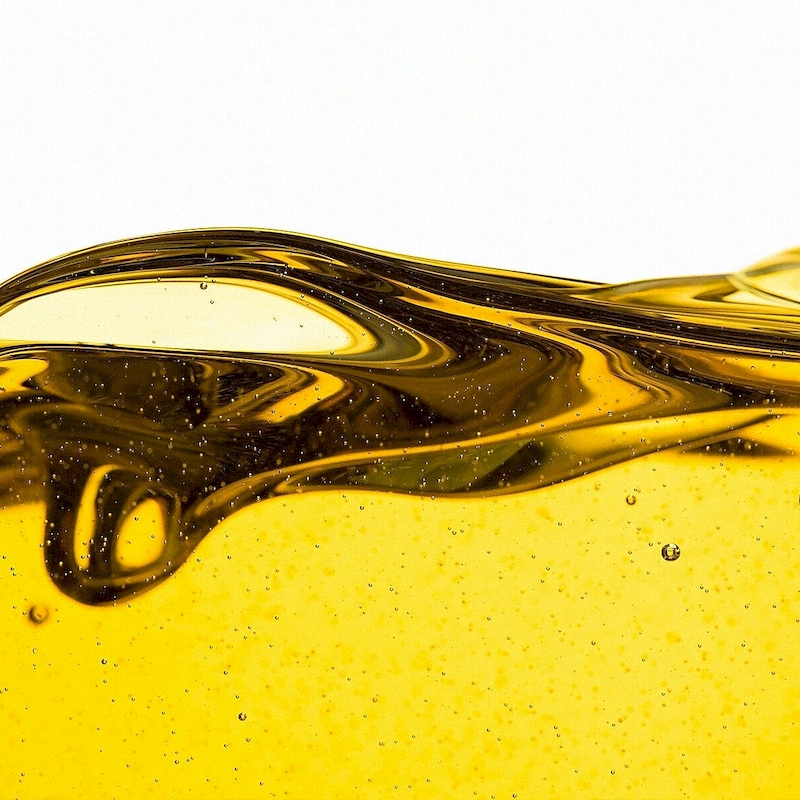
Replacing Concrete Sections
If the stains are extensive and resistant to cleaning, you might need to consider replacing the affected concrete sections.
- Professional Assessment: Consult with a professional contractor to assess the damage and determine if replacement is necessary.
- Resurfacing Options: Occasionally, applying a topping or resurfacer can help cover old stains while also restoring the surface.
Concrete Cleaning Services
For exceptionally stubborn stains beyond DIY capabilities, professional services can provide the best results.
- Professional Cleaners: Search for local cleaning companies specializing in concrete surfaces. They use advanced techniques and equipment to handle tough stains.
- Surface Treatment: Professionals can do treatment methods, including acid washing or pressure washing, which may not be achievable through home methods.
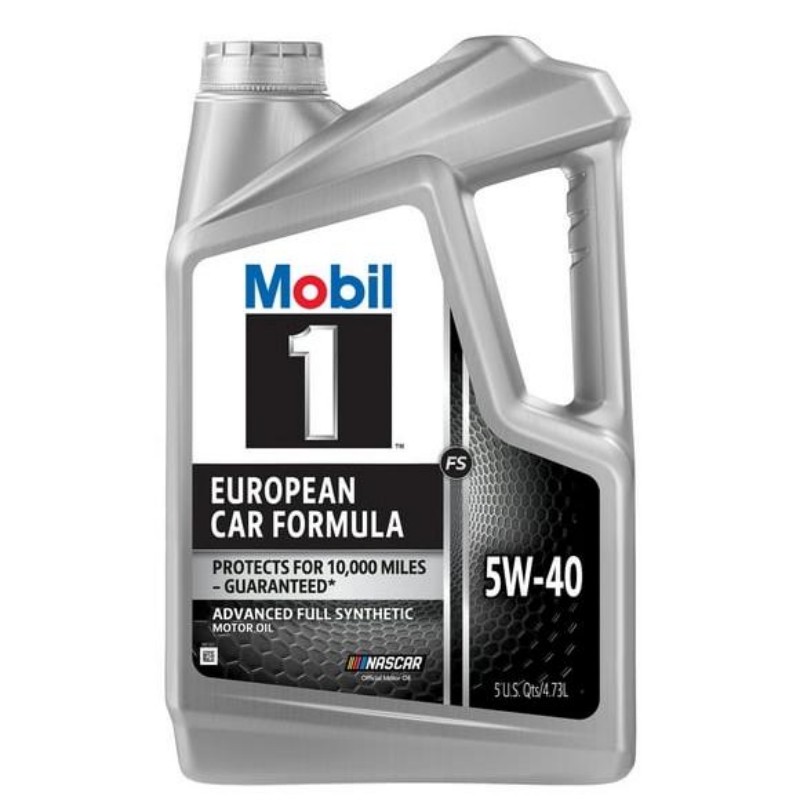
Conclusion
Removing engine oil from concrete surfaces may seem like a daunting task, but with the right approach, it is entirely manageable. Understanding the type of oil stain you’re dealing with, along with the proper cleaning materials and techniques, can lead you to successful elimination of those pesky marks.
Whether you choose to use household items like cat litter and vinegar or opt for commercial cleaners, your diligence will pay off. By taking preventive measures and acting swiftly in the event of a spill, you’ll maintain the integrity of your concrete spaces effectively. Remember, the key to removing engine oil from concrete lies in acting fast, choosing the right removal method, and maintaining your surfaces regularly to keep them looking clean and new.

